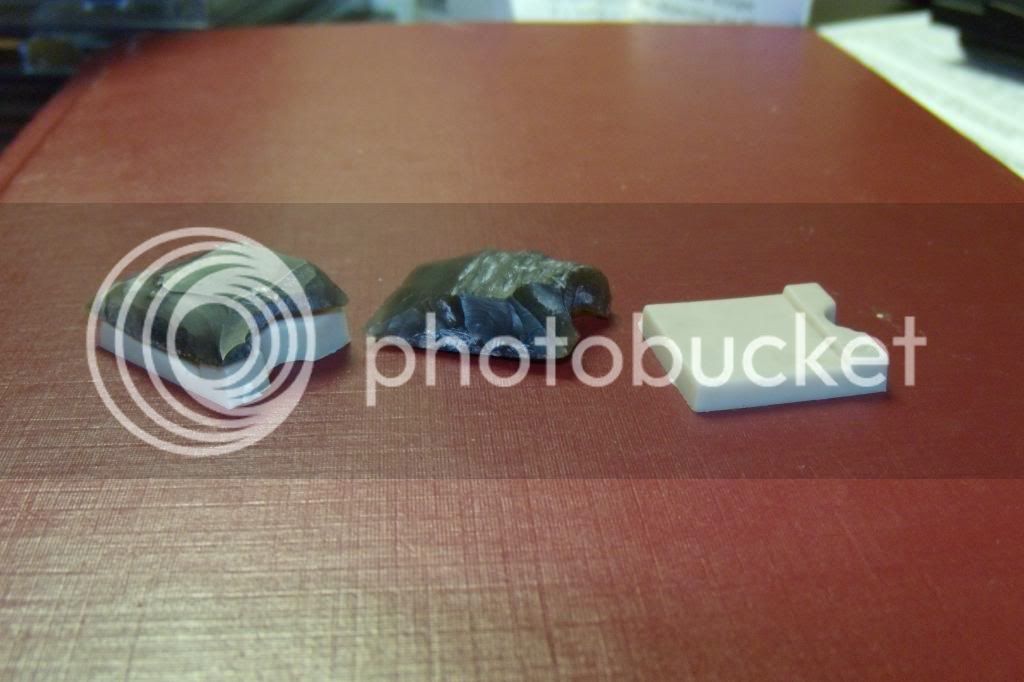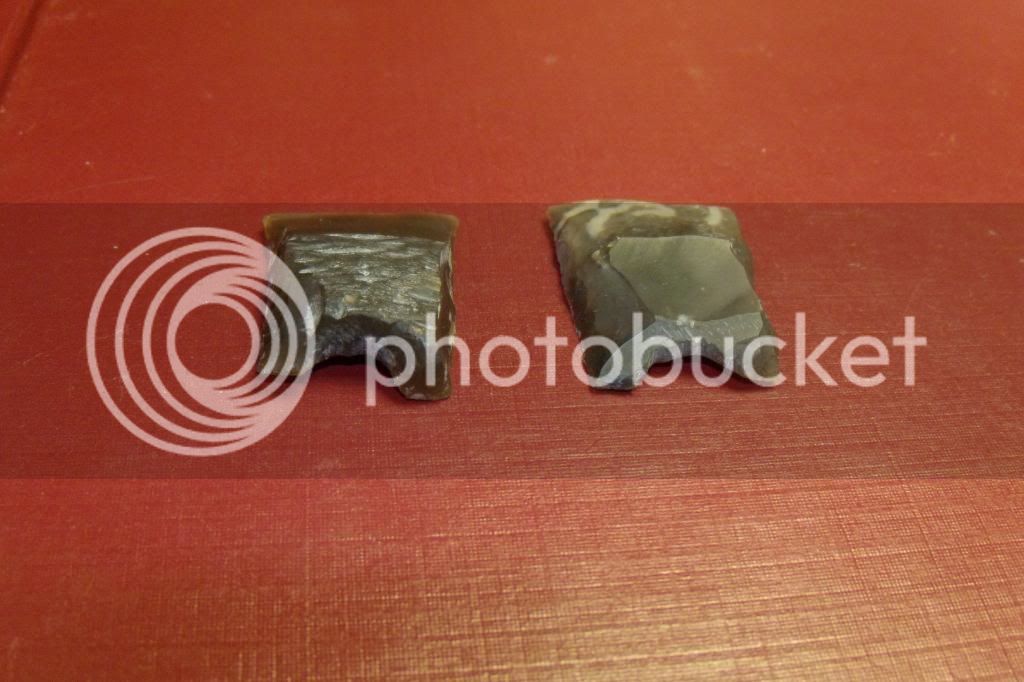hobowonkanobe
40 Cal.
- Joined
- Jun 19, 2012
- Messages
- 252
- Reaction score
- 1
just went to the range, and my shifting from .015s helped ALLOT! didnt have to fight to seat the ball this time. My only other option was to locate .525 rbs... not sure if those even exist. But, going to a .010 patch did it with out me having to mount up a shopping posse.
However, still having issues with getting it to fire. 2 hrs and all of 6 rounds fired. The issue was the flints. I was able to essentially get 2 shots per new flint. I know this is silly having heard blokes talkin bout 20+ shots per, so... I am guessing it's user error. where did I find that dog and how did I... mess it up?
However, still having issues with getting it to fire. 2 hrs and all of 6 rounds fired. The issue was the flints. I was able to essentially get 2 shots per new flint. I know this is silly having heard blokes talkin bout 20+ shots per, so... I am guessing it's user error. where did I find that dog and how did I... mess it up?






